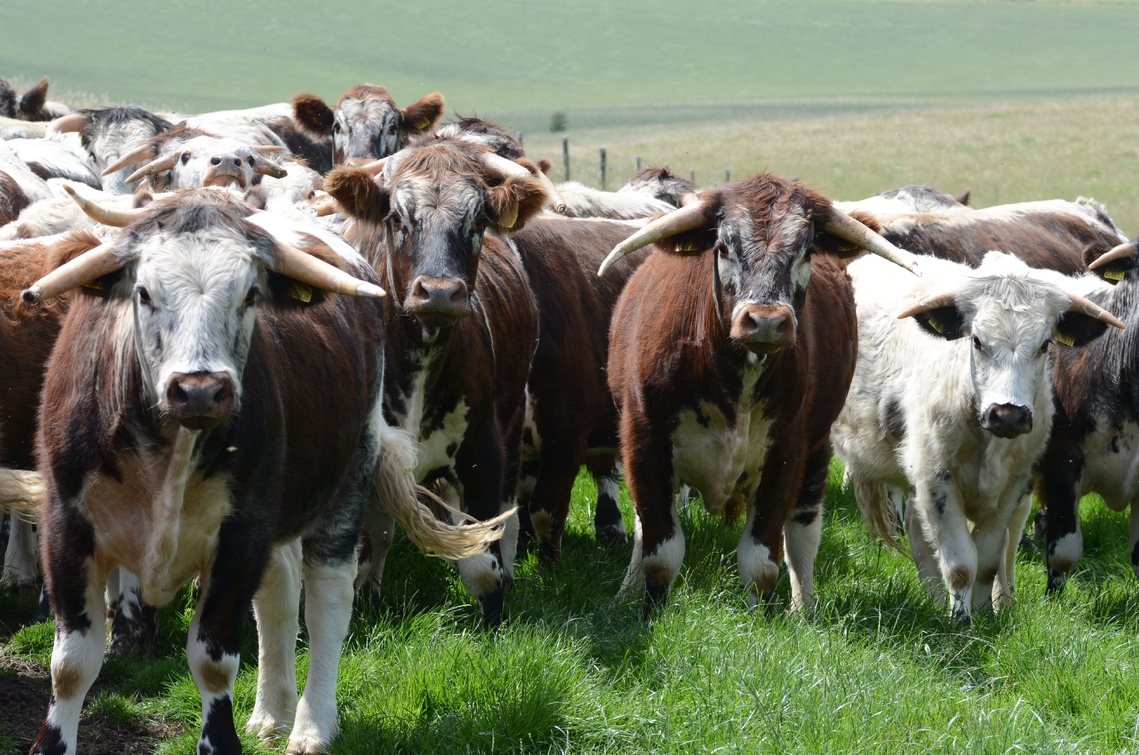This month is a great time to see how many wildflowers you can find! Be sure to leave them in place for the wildlife that needs them. No Mow May might be over but it’s still great to leave some patches of vegetation around you uncut so they can continue to flower and bring essential food to our pollinators!
It is sometimes easy to forget the the UK has many reptiles but this is the month when you have the best chance to spot them. Keep your eyes peeled for those sunning themselves on rocks or maybe hiding under sheeting, be careful not to disturb them if you do spot them. These animals are cold blooded so warming themselves during these warmer months is absolutely crucial.
If you want to get out and see more wildlife for yourself we have tonnes of great walks happening this month so you can discover the vast array of wildlife on your doorstep. Starting with Exploring Nature in Laverstock Church grounds as part of Great Big Green Week.
Sunday 8th June is Open Farm Sunday! This nationwide event invites you to visit working farms across the UK to learn more about food production and how farmers are caring for the land and wildlife. Locally, River Bourne Community Farm and Laverstock Water Meadows are great places to visit. Find more farms near you here: https://farmsunday.org

